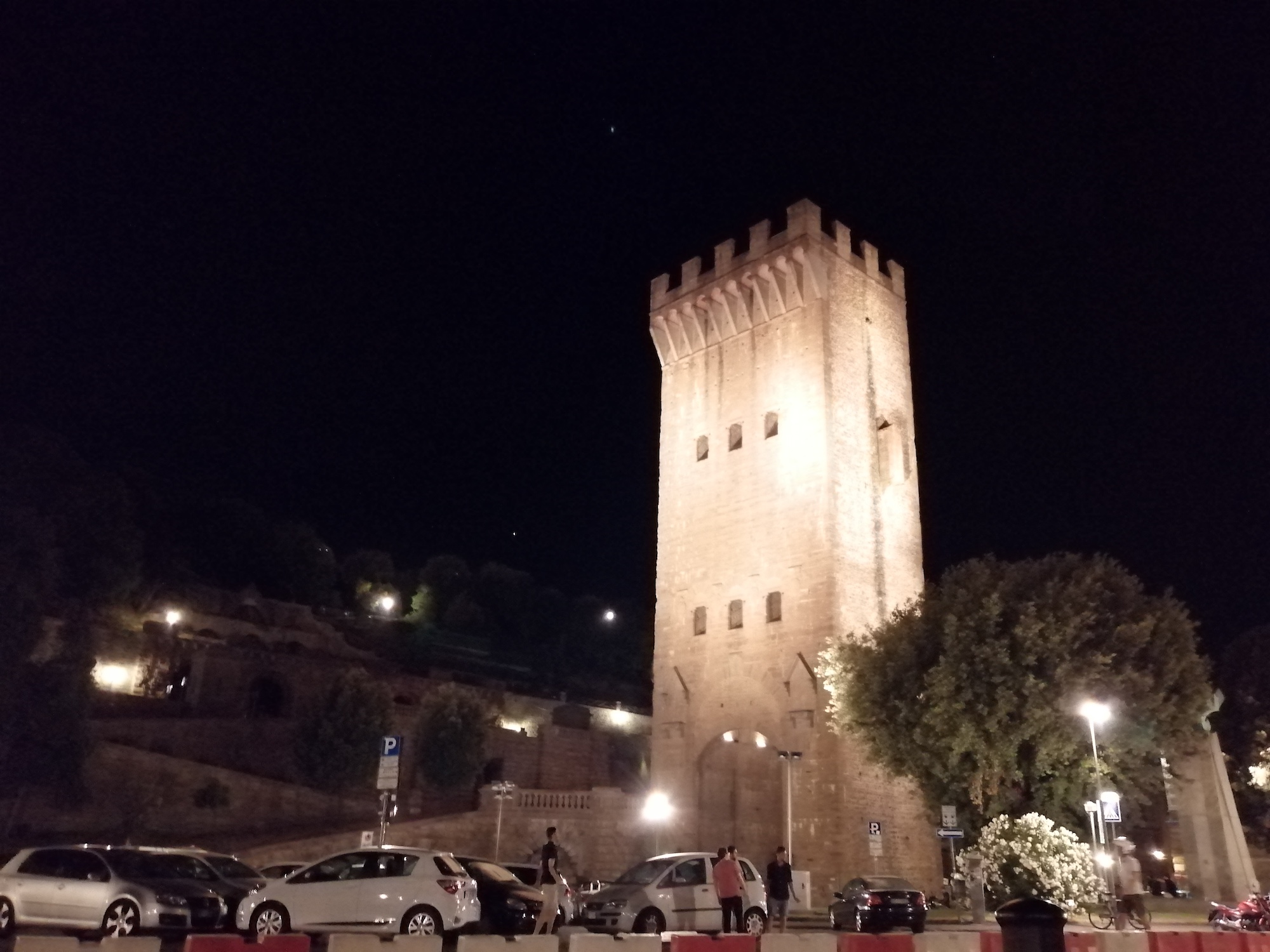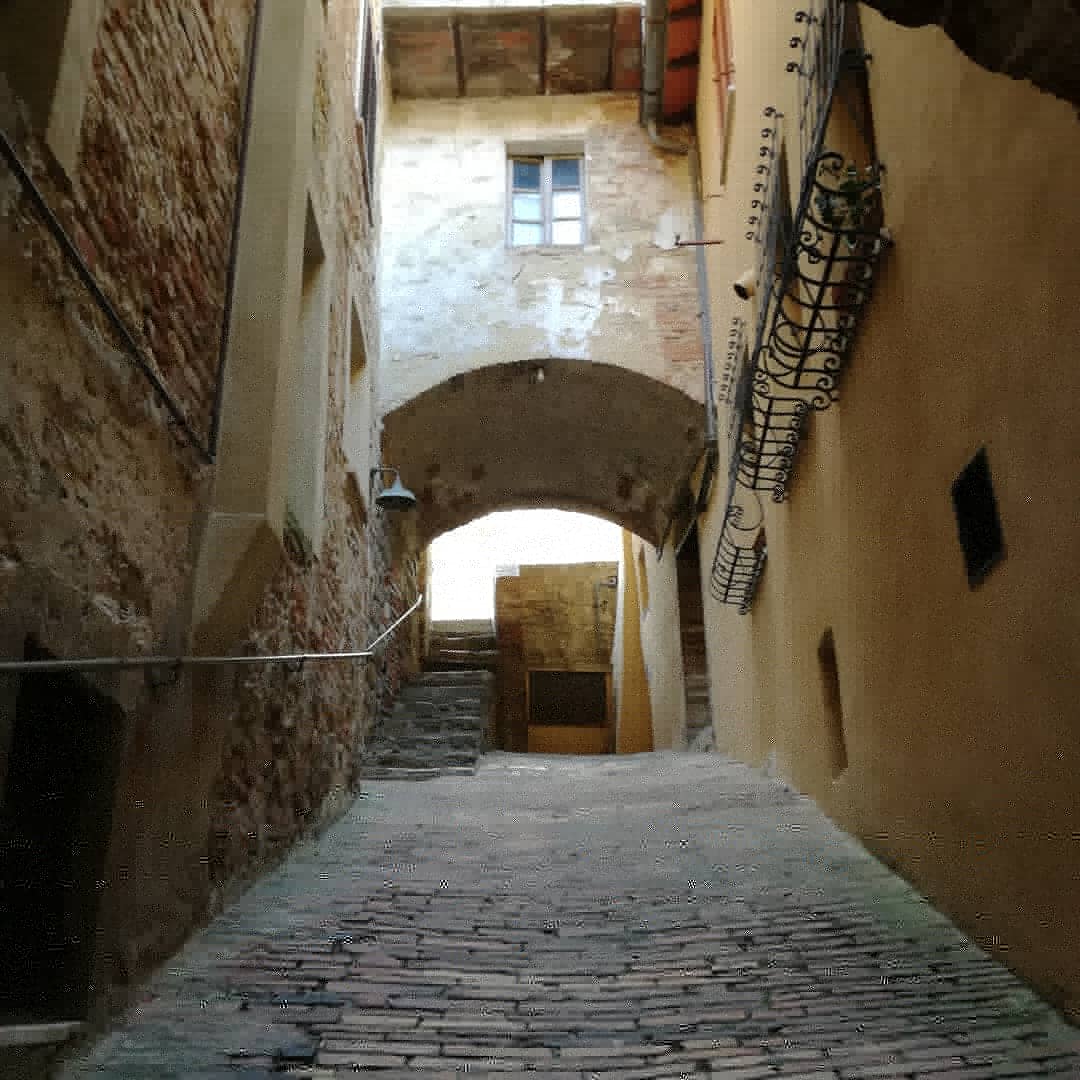Tours / Middle age in florence
Historic walk in medieval Florence; palaces, towers and alleys witnessing the Medieval Florence
ROUTE ON MAJOR AND MINOR ARTS: THE EXCELLENT COMMISSIONS
Historical itinerary. In contemporary Florence there are numerous monuments and historic buildings that are a legacy of the ancient era of the Arts. Two Governments of the Arts have contributed incisively to the formation of the economic fabric still present in the various workshops and craft workshops, in the dishes and in the culture of the Florentines. In the Middle Ages Florence was the richest and most vibrant city in all of Europe, the breeding ground of new liberal feelings and a taste for beauty; civil and religious works, masterpieces of Gothic architecture such as Palazzo della Signoria, Basilica of Santa Croce and Cathedral of Santa Maria del Fiore — all three born from the mind of the greatest architect and urban planner of the late 13th Century, Arnolfo di Cambio and the Gothic sculptures of Orsanmichele with the patron saints of the “Arts”.
SYMBOLS OF POWER AND GOVERNMENT OF THE ARTS
In the Piazza della Signoria there are the symbols of what was the power of the “Government of the Arts”, a system of government that for over four centuries has profoundly marked the history of Florence first and then Tuscany. Even after the republican experience, with the return of the Medici and the establishment of the Grand Duchy of Tuscany, the Arts, in fact, continue to regulate economic activities in the city. Also in Gothic architecture is the Palazzo di Mercatanzia, the seat of the Court in charge of resolving the disputes between members of the various Arts; both Major and Minor. It is even possible to visit from the inside the palace of one of the most prestigious and important Major Arts, a true medieval jewel that has come to us in excellent condition where original 14th century frescoes and the portrait of a famous person are clearly visible!





